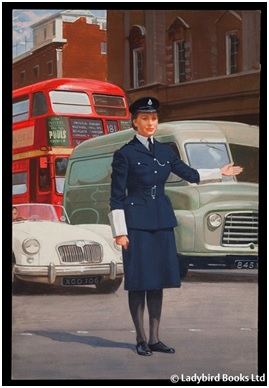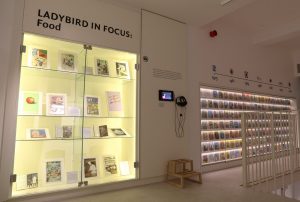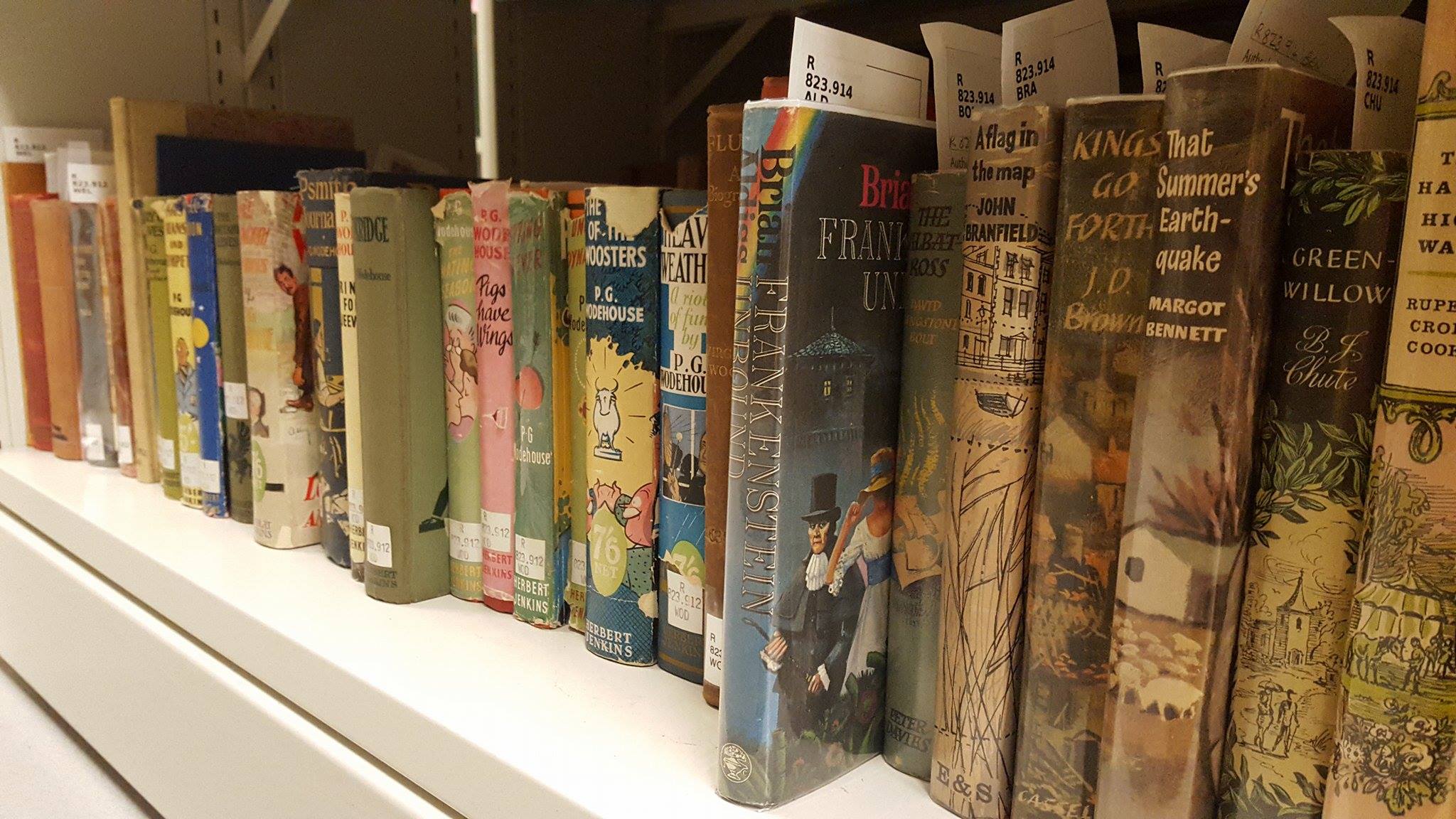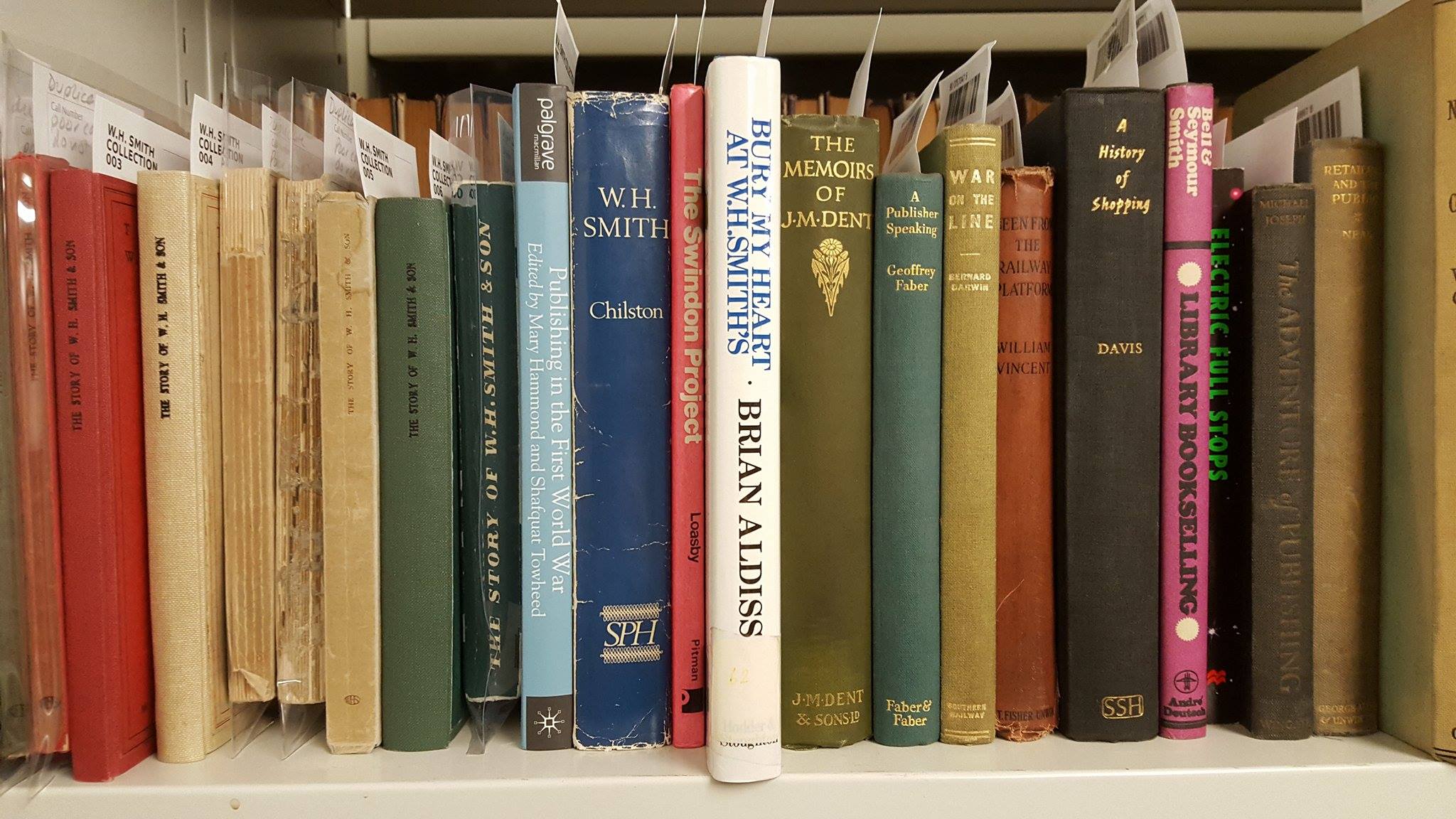Applications are invited for the John and Griselda Lewis Postdoctoral Research Fellow at the University of Reading. The Fellowship is available from March 2019, or a mutually agreed date and for a period of up to 12 months (we estimate this would equate to 2-3 months full time equivalent) and will attract a stipend of £5,000.
We are seeking an exceptional postdoctoral researcher with an ability to exploit this opportunity to build on the legacy of the Lewis’s pioneering work in relation to the history and development of type and letterforms. They will have a demonstrable interest in printing history, ephemera or the history of typographic design and preferably a strong track record of archival and collections research experience in a relevant area.
The successful candidate will be part of the University’s growing interdisciplinary community of scholars working with its distinctive collections and will be supported and advised by colleagues from the Departments of Typography and Graphic Communication, the Department of English Literature, and the HCIC (Heritage and Creativity Institute for Collections). The Fellowship will be based at the University Museums and Special Collections Services.
John Lewis (1912-1996) was one of the most influential figures in the study of printed ephemera, who combined his role as a lecturer in graphic design at the Royal College of Art with the authorship of several publications on printing and book design. His 1962 publication ‘Printed Ephemera: The Changing Uses of Type and Letterforms in English and American Printing’ is considered pivotal in giving credence to the notion of paper ephemera as a subject for research. He married Griselda Rideout, who as Griselda Lewis was a noted writer, designer and ceramics collector, best known for her publication ‘A Collector’s History of English Pottery’.
The role of the fellow will be to complete in draft a project funding bid focused on the John and Griselda Lewis Collection, to be submitted to one of the UK Research Councils. The bid preparation will itself involve new research into the collection and, if the bid is successful, there may be an opportunity to continue it as an early-career researcher attached to the project. The project funding bid would aim to support the production of:
- a new critical edition of Lewis’ 1962 publication ‘Printed Ephemera: The Changing Uses of Type and Letterforms in English and American Printing’ to be accompanied by a collection of essays or articles exploring different aspects of the collection, the work of the Lewis’s;
- a further publication on the role and influence of private collectors in relation to the growth of print and ephemera studies, as a special edition of a journal such as Printing History, or as a small book or, by agreement, an appropriate alternative research project drawing on the collection.
SUBMISSION DETAILS
Applicants should submit:
- a CV
- written proposal (of up to 1,500 words) indicating how you would approach this project and apportion time to developing the bid and other related research.
- Applicants should also ensure that references have been provided by two referees by (see submission details below).
Applicants are responsible for ensuring that references reach Kate Arnold-Forster (k.arnold-forster@reading.ac.uk) by the closing date of 28th February 2019. References should be submitted by email, with the applicant’s name added clearly to the subject line. Applicants should ensure that referees are familiar with the content of their proposal and are able to comment directly on their ability to deliver the work outlined. In instances where the applicants have an institutional affiliation, applicants should seek references from external sources.
Applications should be submitted by email, with the applicant’s name added clearly to the subject line. We would strongly encourage applicants to contact us in advance for an informal discussion. For an informal discussion in the first instance, please contact Dr Rhi Smith (r.smith@reading.ac.uk) or Guy Baxter (g.l.baxter@reading.ac.uk).
You may find it useful to make use of the web-based catalogue at http://www.reading.ac.uk/adlib/Details/archiveSpecial/110412306
Assessment of applications will be by a process of peer review and by an expert panel, with the successful candidate being expected to submit a report on completion of their Fellowship.





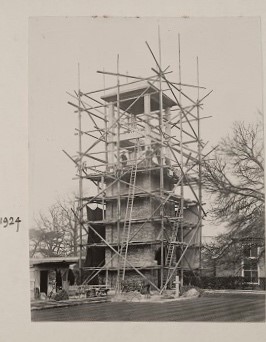


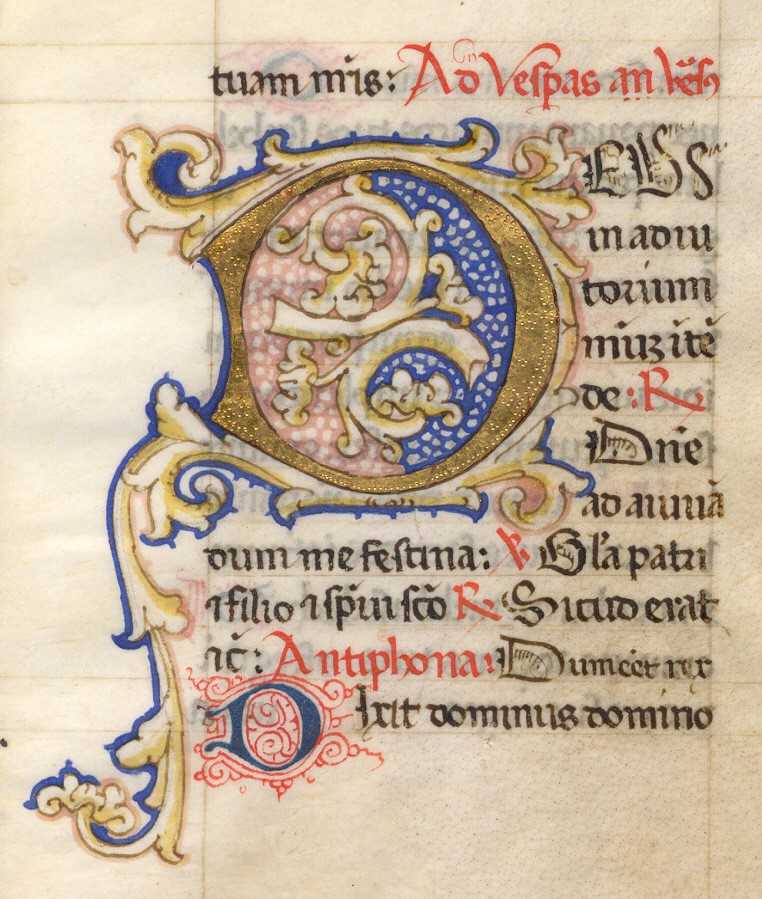





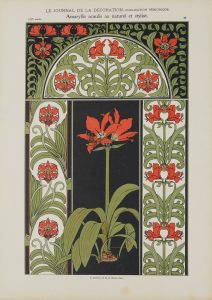




 For information on opening hours and how to find us, please see
For information on opening hours and how to find us, please see 

